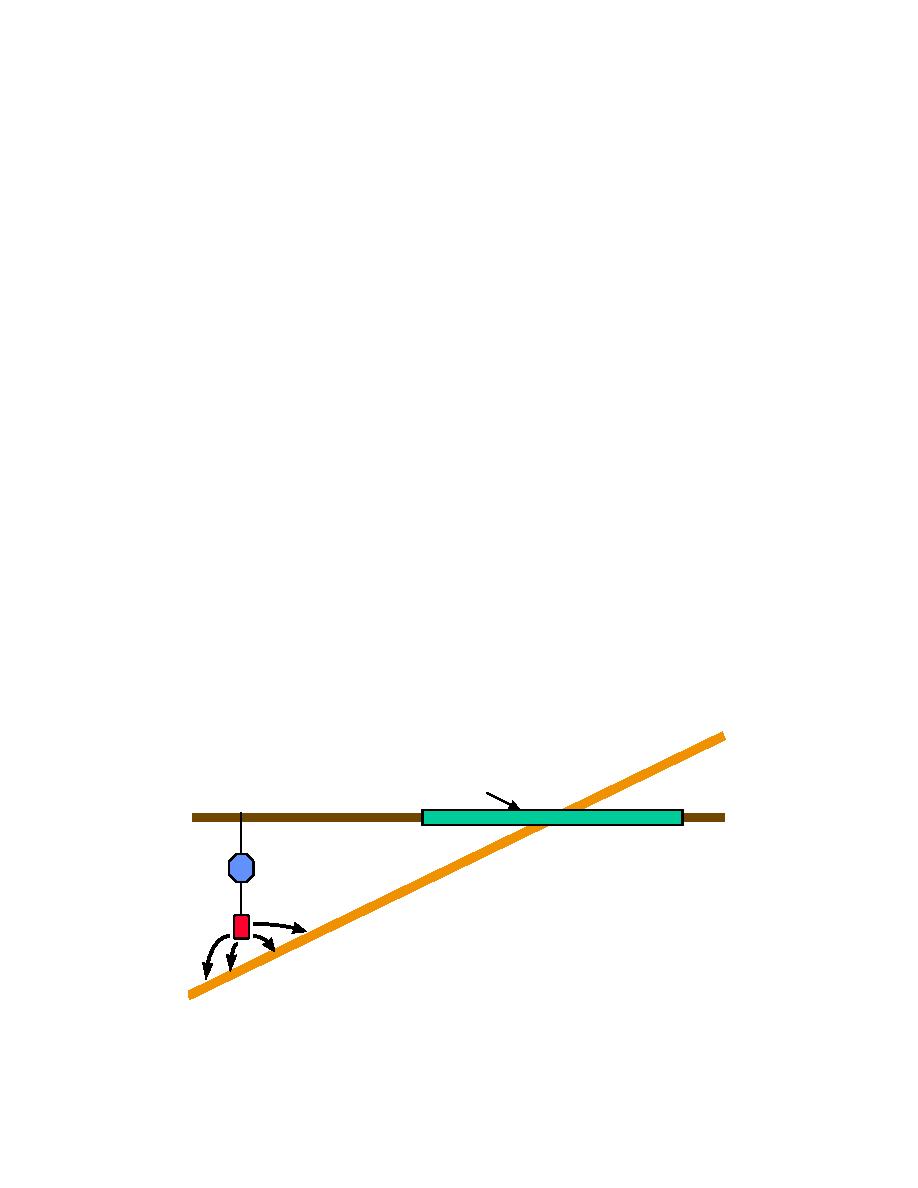
UFC 3-570-06
JANUARY 31 2003
5-6.5
Additional Coating. Applying additional coating to the protected structure in
the area of the current discharge on the foreign structure raises the resistance of the stray
current path, reducing the magnitude of the interference current. This method will usually
just lower the interference current, and is used with other methods to stop interference.
When interference current levels are very low, this method may be adequate to stop the
interference. Although normally used at pipeline crossings, this method could apply to
any interference problem. During the installation of a protected structure, additional
coatings can be easily installed in areas where stray currents may be expected--for
example, at all foreign pipeline crossings or foreign structure crossings (metal fences,
metal culverts, electrical grounds). During installation a butyl rubber or similar mastic in
combination with extruded polyethylene may be used on the protected structure in these
areas. As a retrofit to an existing structure, a primer and tape wrap system may be used,
with the additional requirement to excavate and clean the protected structure. This
method of interference control is most economically used during the design and
installation of the protected structure.
As an alternative to applying additional coating, non-conductive barriers are
sometimes used between crossing pipelines for similar reason. Barriers do not require
uncovering, cleaning, and coating the protected pipeline if it is sufficiently deeper than the
foreign structure, and may be more economical in some cases. Barriers must be much
larger. Coating the protected structure for 12 meters (40 feet) on each side of a foreign
pipeline crossing would be as effective as an 24-meter (80-foot) diameter barrier. This
method of interference control is most economically used during the design and
installation of the foreign structure.
Figure 5-7. Use of Coating Cathode to Control Interference
Additional Coating (Cathode)
CP Power Source
CP Anode
Note: Never apply additional
coating to the anode
(foreign structure discharge area)
5-17



 Previous Page
Previous Page
